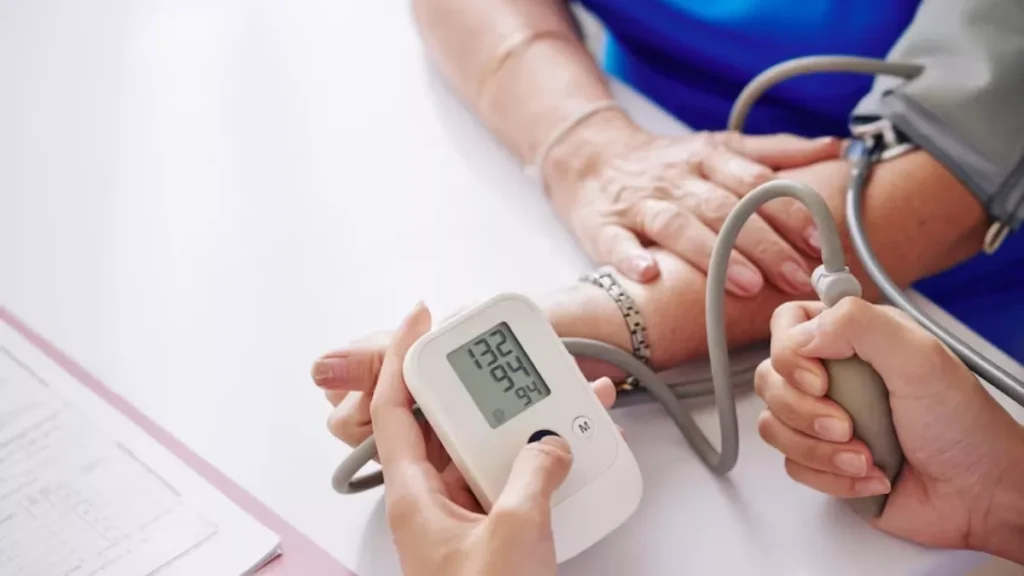Neck pain isn’t just uncomfortable—it can affect your mood, sleep, and ability to focus on daily tasks. If you’re dealing with frequent neck stiffness, pain that spreads to your shoulders or arms, or even tingling in your fingers, you might be experiencing something called cervical spondylosis.
Don’t worry—you’re not alone. And more importantly, it can be managed.
At The Physionic, we’ve helped many patients find relief from neck pain and regain their mobility. Let’s walk through what cervical spondylosis is, why it happens, and how you can take control of it.
👉 Click here to book your appointment today if your neck pain is holding you back.
What Exactly Is Cervical Spondylosis?
Cervical spondylosis is just a medical way of saying “wear and tear of the neck”. As we age, the soft cushions (discs) between the bones in our neck can start to dry out, shrink, or develop rough edges (called bone spurs). This can lead to pain, stiffness, and sometimes nerve pressure that causes symptoms in the arms or hands.
It’s extremely common in people over 40, but even younger adults—especially those spending long hours on computers or phones—are starting to feel it too.
What Causes It?
Here are some of the main reasons you might develop cervical spondylosis:
- Aging – the biggest factor
- Bad posture – slouching, poor screen setup, phone use
- Past injuries – even minor accidents from years ago
- Family history – sometimes it runs in the family
- Lack of exercise – weak neck muscles = more pressure on joints
Signs You Shouldn’t Ignore
Not everyone with cervical spondylosis feels symptoms right away. But if you’re noticing any of these, it’s a good idea to get checked:
- Constant neck pain or stiffness
- Pain that moves to your shoulders, arms, or hands
- Tingling or numbness in your fingers
- Frequent headaches starting from the back of the head
- Muscle weakness or trouble gripping things
- Feeling off balance or dizzy
Even if it seems “mild,” these signs can worsen over time.
How We Diagnose It at The Physionic
When you visit us, we’ll start by simply listening to your symptoms. Then, we’ll do a physical exam to check your neck movements, reflexes, and strength. If needed, we may suggest tests like:
- X-rays to see bone changes
- MRI to check nerves and soft tissue
- CT scans for a deeper look
We make sure you get a clear diagnosis—and understand it fully.
What Can You Do About It?
Good news: most people don’t need surgery. With the right care, you can manage the pain and stop it from getting worse.
Here’s how we treat cervical spondylosis:
✅ Medication
Pain relievers, anti-inflammatory tablets, or muscle relaxants.
✅ Physiotherapy
This is the real game-changer. We use stretches, strength exercises, and posture correction to relieve pressure and improve flexibility.
✅ Lifestyle changes
We guide you on setting up your workspace, sleeping right, and moving safely.
✅ In rare cases
If the nerves are badly compressed, we’ll refer you for surgical consultation—but that’s usually a last resort.
How to Prevent It from Getting Worse
- Sit straight—don’t slouch while working or watching TV
- Use a good pillow that supports your neck
- Take short breaks if you sit a lot
- Stay active and move your neck gently every day
- Avoid carrying heavy bags on one shoulder
These small habits go a long way.
When to See a Doctor
If your neck pain lasts more than a few days, or if you feel weakness or tingling in your hands—it’s time to get it checked.
👉 Don’t wait. Book a cervical spine check-up at The Physionic now and get back to a pain-free
If you’d like to learn more:


